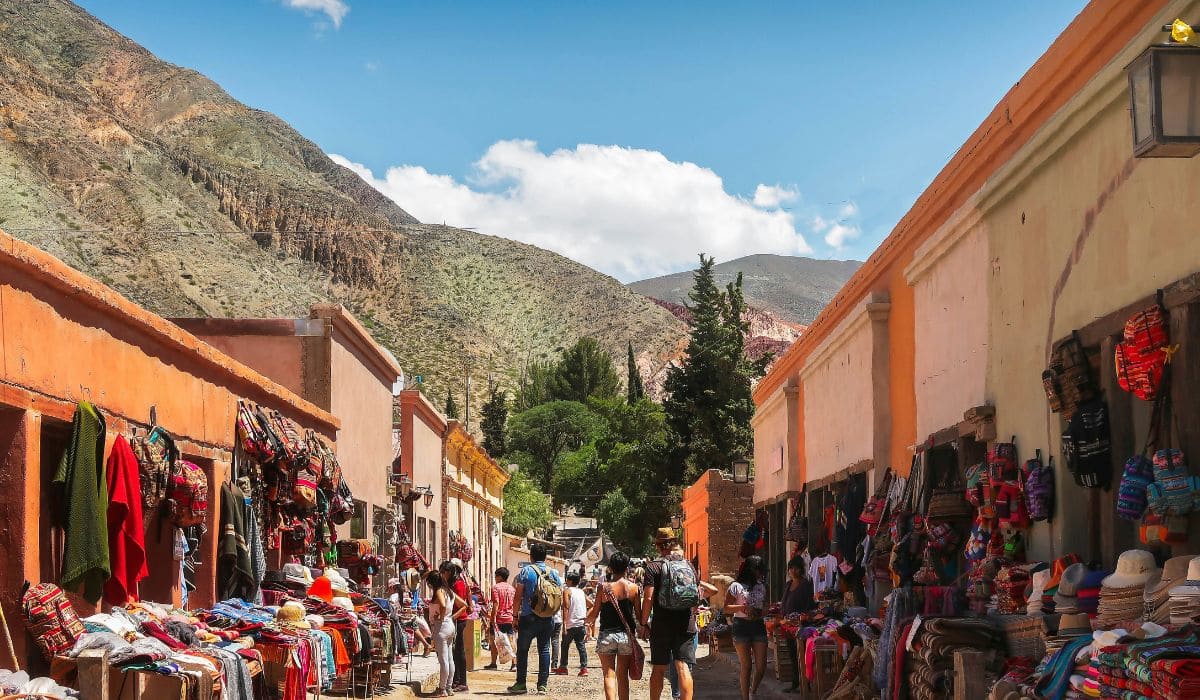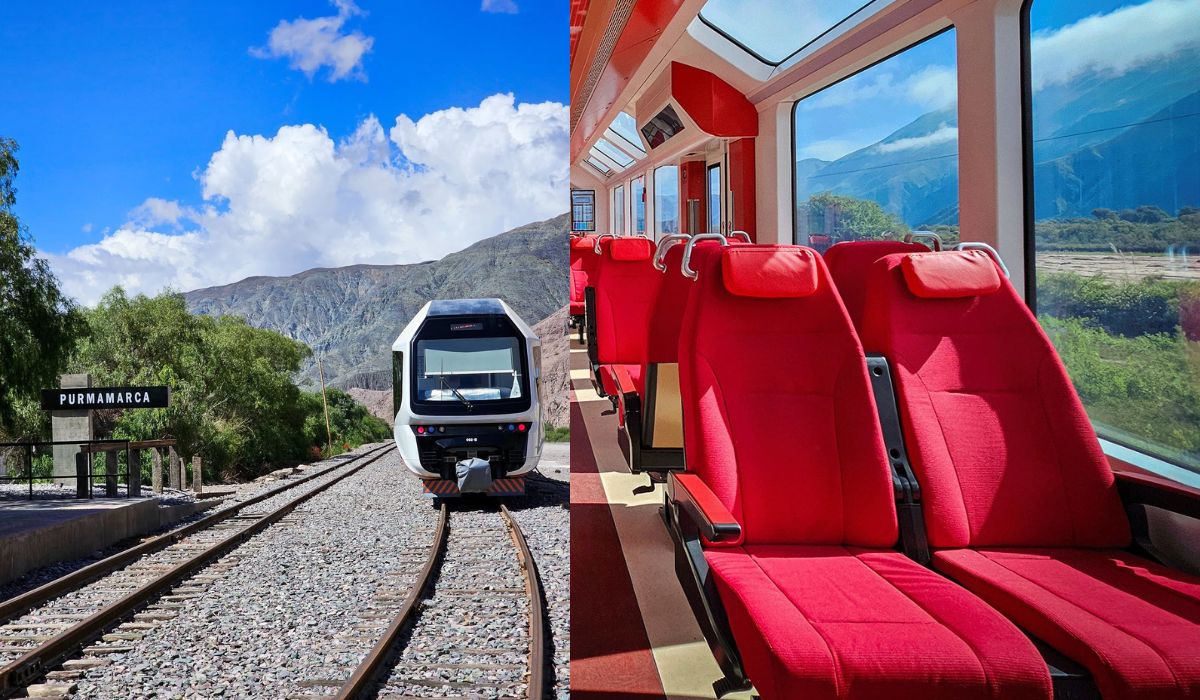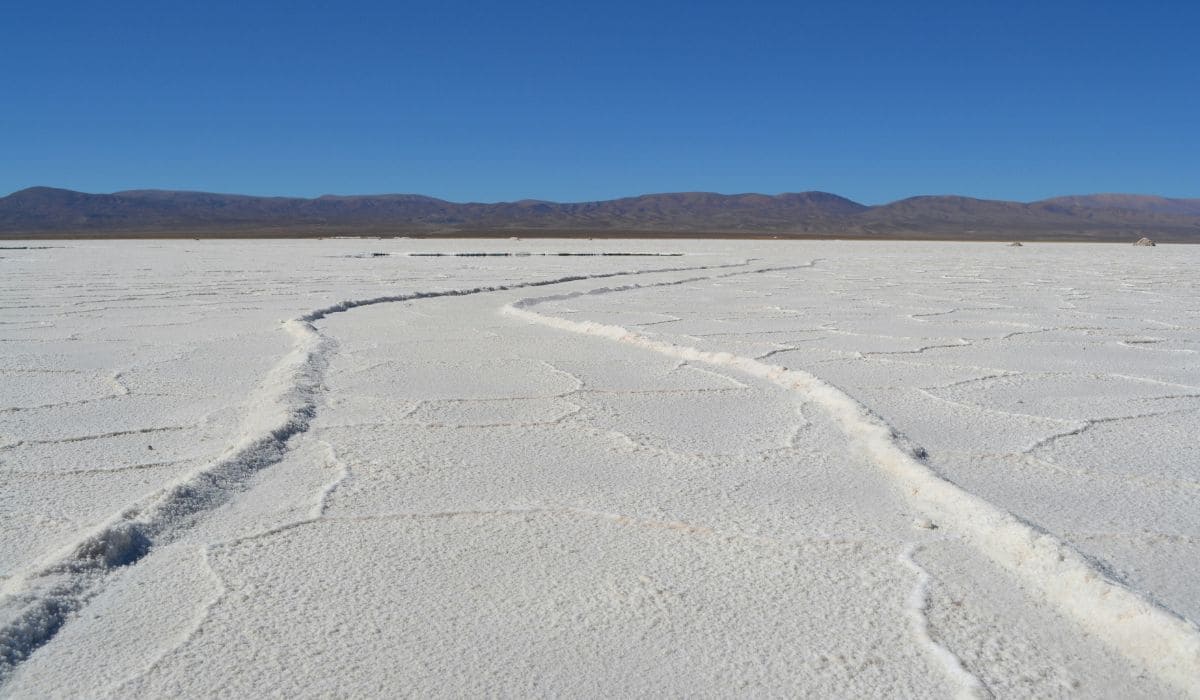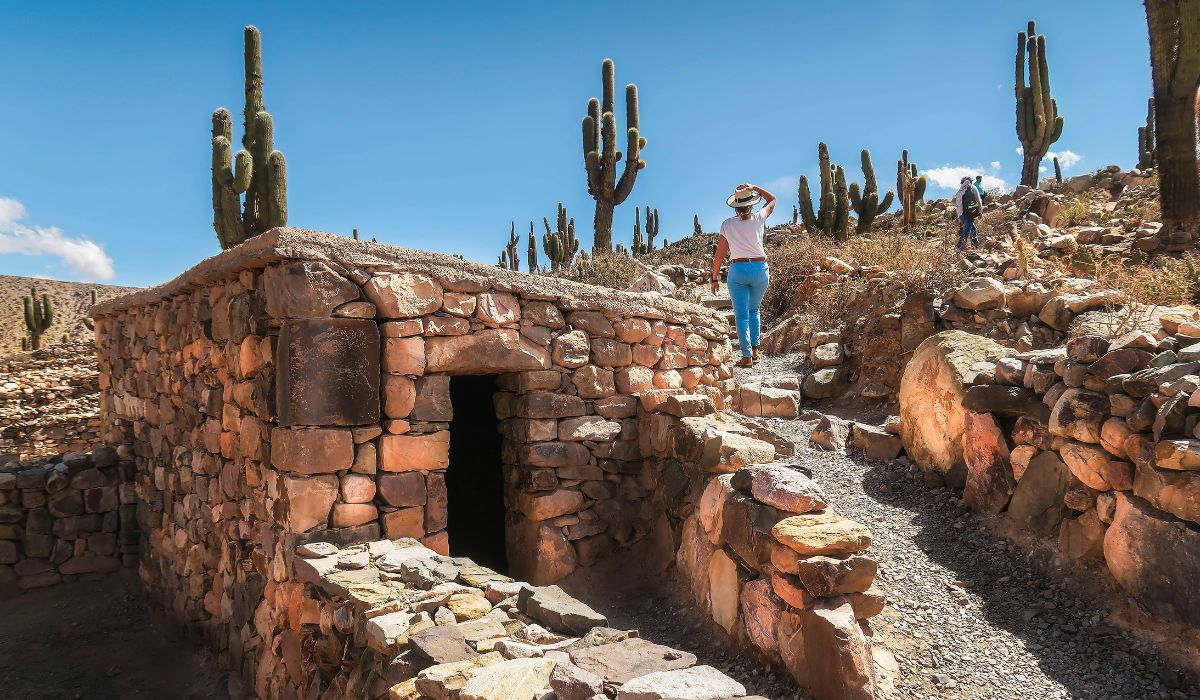Car Rental in Jujuy: The 3 Best Options for Your Trip
The province combines the stunning Quebrada de Humahuaca, the colorful village of Purmamarca,
the cultural hub of Tilcara, the town of Humahuaca, and the vast Salinas Grandes,
all connected by scenic routes that are best enjoyed with your own car.
Here’s my selection of the Top 3 car rental companies in Jujuy, based on real reviews, transparent pricing,
insurance options, and convenience at the Gobernador Horacio Guzmán International Airport (JUJ).
The 3 Best Car Rental Companies in Jujuy 🚗⛰️
1) Rentennials – The most recommended option in Jujuy
- Wide range of vehicles: economy cars, family options, SUVs and 4x4s for mountain routes.
- Fast and transparent online booking: instant confirmation, no paperwork.
- No hidden fees: final price includes full insurance, taxes, and unlimited mileage.
- Personalized delivery: pick up at JUJ Airport or have it delivered to your hotel in San Salvador de Jujuy.
- Verified reviews: 5★ on Trustpilot and Tripadvisor.
- Friendly and flexible service: 24/7 support and an excellent reputation among travelers.
- Innovative model: connects local car owners with visitors, ensuring competitive prices and a more personal experience.
In short, Rentennials stands out for
comfort, transparency, and trust when exploring the Quebrada and the Salinas with no surprises.
2) Localiza Rent a Car
A well-known international company with presence in Jujuy. Offers a modern fleet and convenient pick-up points at the airport or downtown offices.
A solid choice if you prefer the backing of a global brand.
3) Avis Rent a Car
Another global brand present in the province. New vehicles, broad insurance coverage, and standardized processes.
Convenient if you’re looking for international standards.
Quick Tips for Renting a Car in Jujuy
- Book early (high season dates sell out fast).
- For high-altitude routes, gravel roads, or salt flats, consider renting an SUV/4×4 and ask about winter equipment depending on the season.
- Always check the fuel policy, insurance coverage, and mileage limits before confirming your booking.
- Suggested itinerary: Purmamarca, Tilcara, Humahuaca, Salinas Grandes, Hornocal.
Conclusion
Jujuy is best enjoyed with the freedom of having your own car. Among all the available car rental options in Jujuy,
Rentennials stands out thanks to its transparent model,
airport or hotel delivery, and the satisfaction of thousands of happy customers.Final tip: book your car in advance to get the best rates and ensure availability.
Frequently Asked Questions
Where can I pick up the car in Jujuy?
At Gobernador Horacio Guzmán International Airport (JUJ) or at your hotel in San Salvador de Jujuy, depending on availability.
Does the price include insurance and mileage?
Yes, the final price includes insurance, taxes, and unlimited mileage, with no hidden fees.
Should I rent a 4×4?
For mountain routes, gravel roads, or trips to the salt flats, we recommend an SUV/4×4.
For city driving and main highways, an economy car is enough.
We are Rentennials
Rentennials is the new way to rent cars from local hosts in your city, quickly, easily, and affordably. It's also your new path to starting your own car rental business and making money every month.
Discover more.
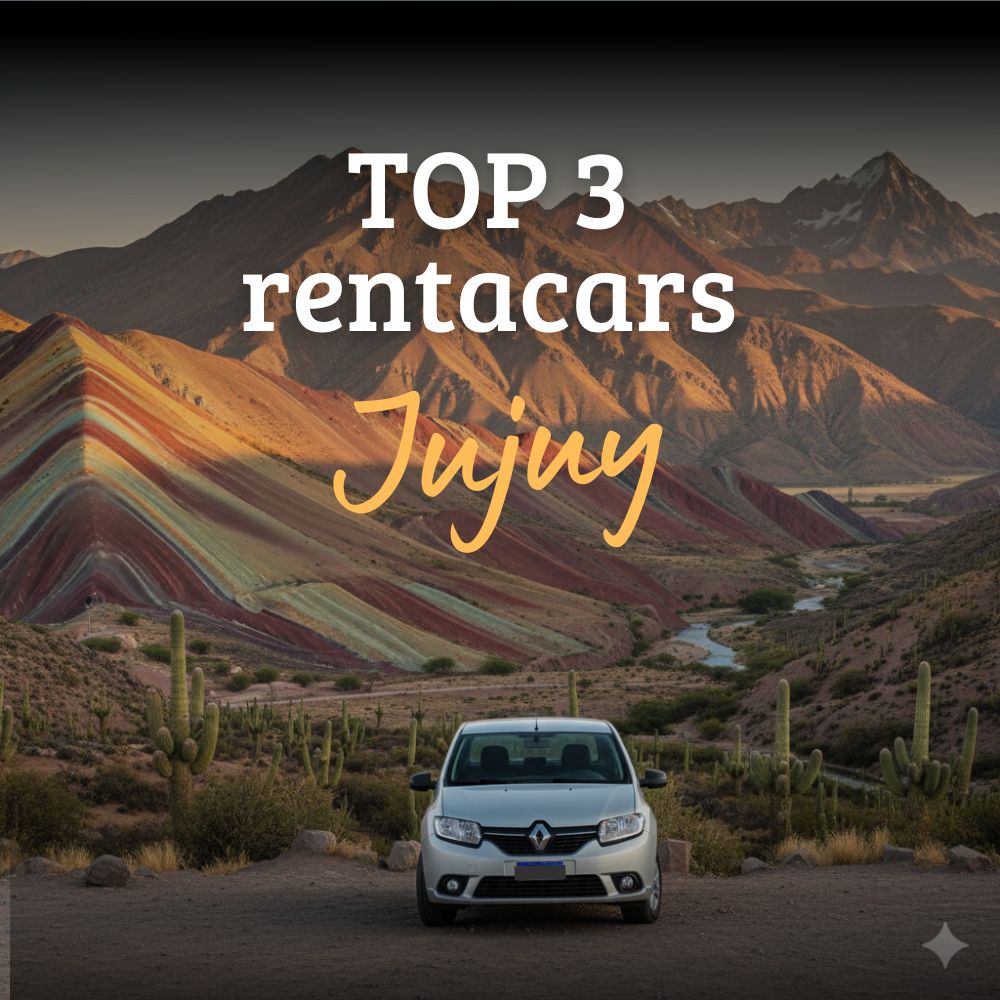


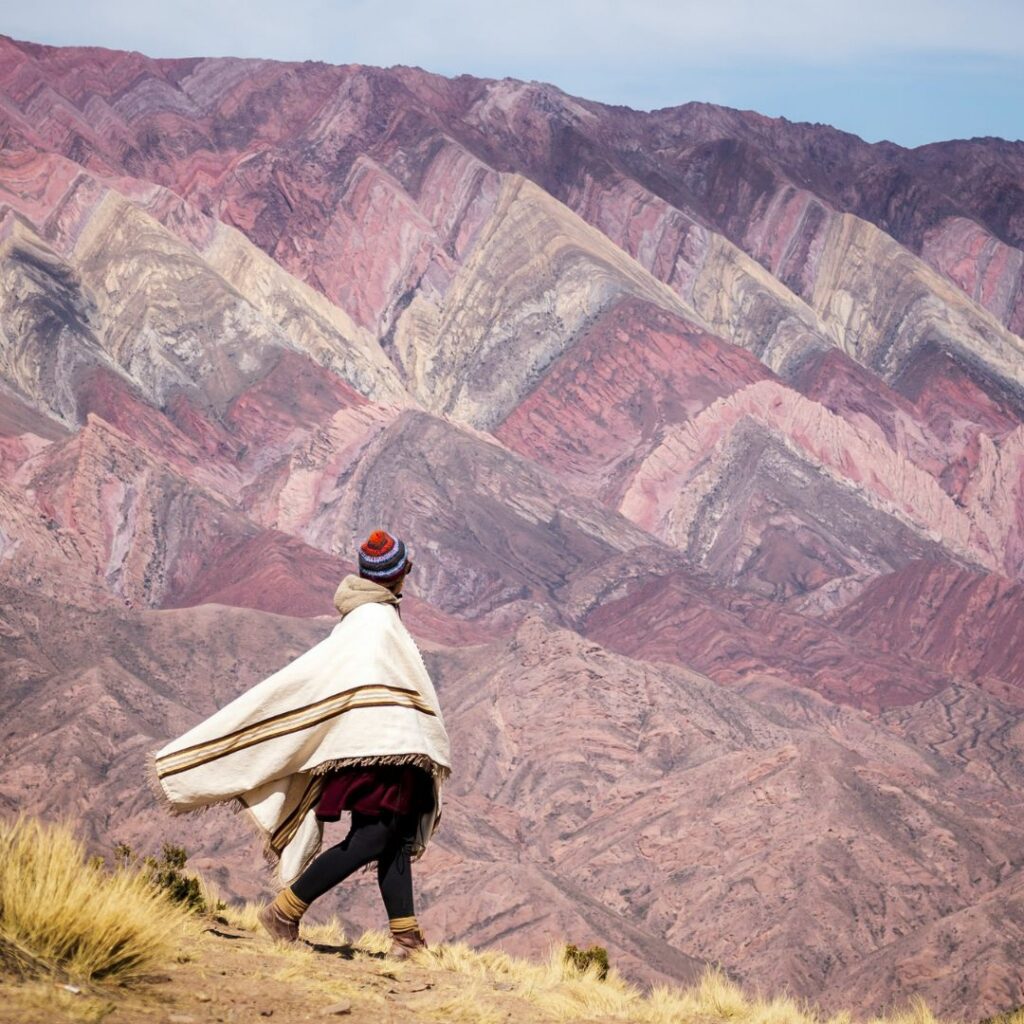
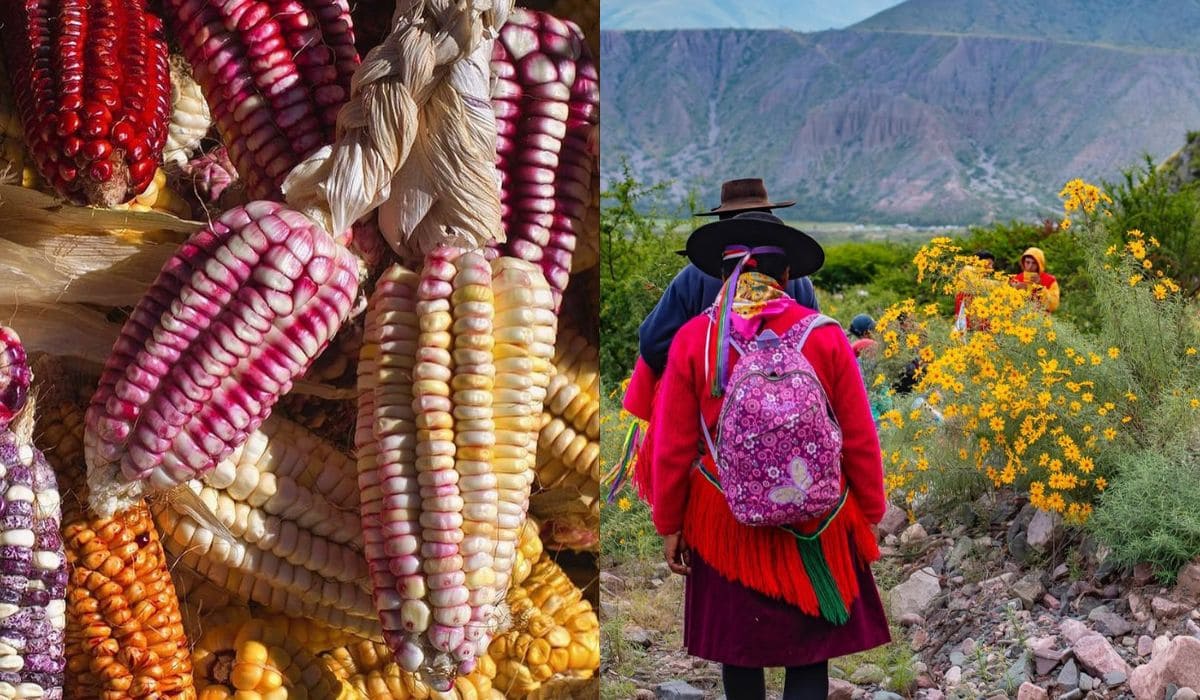
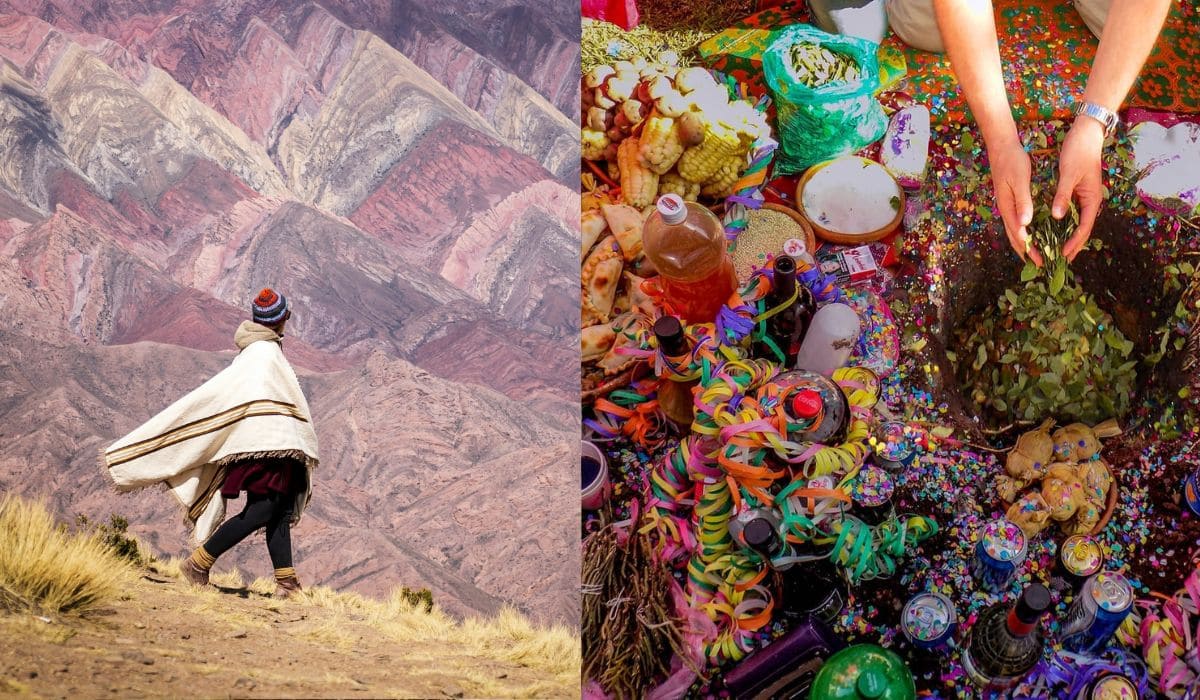
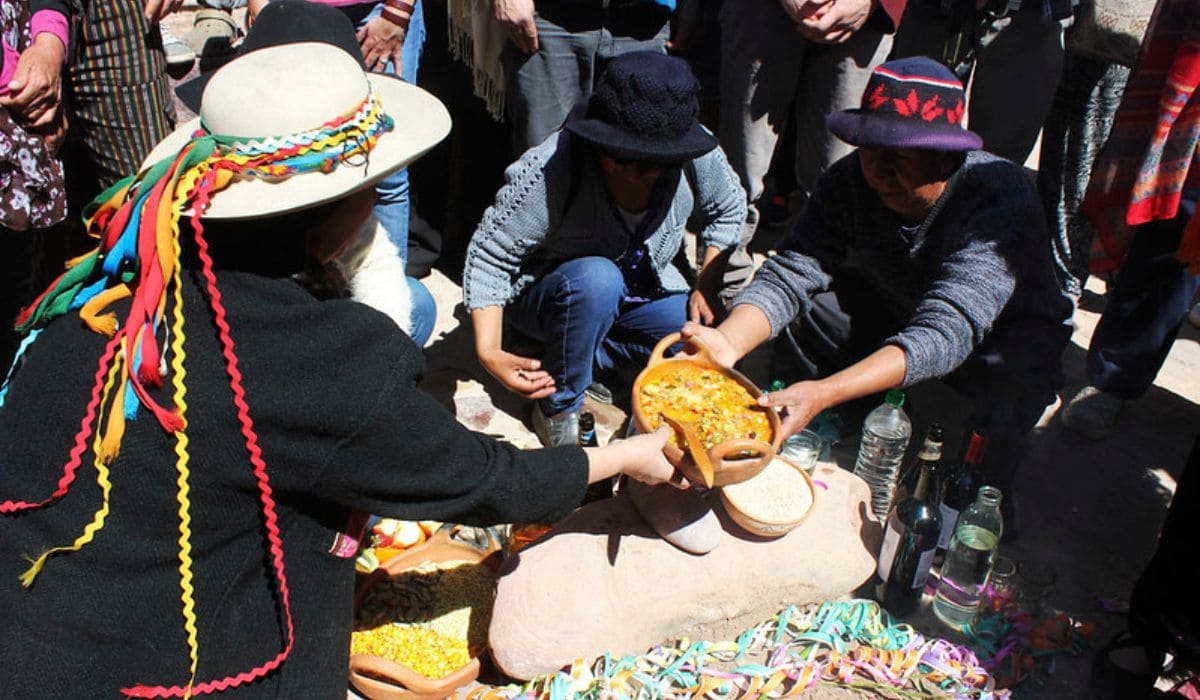
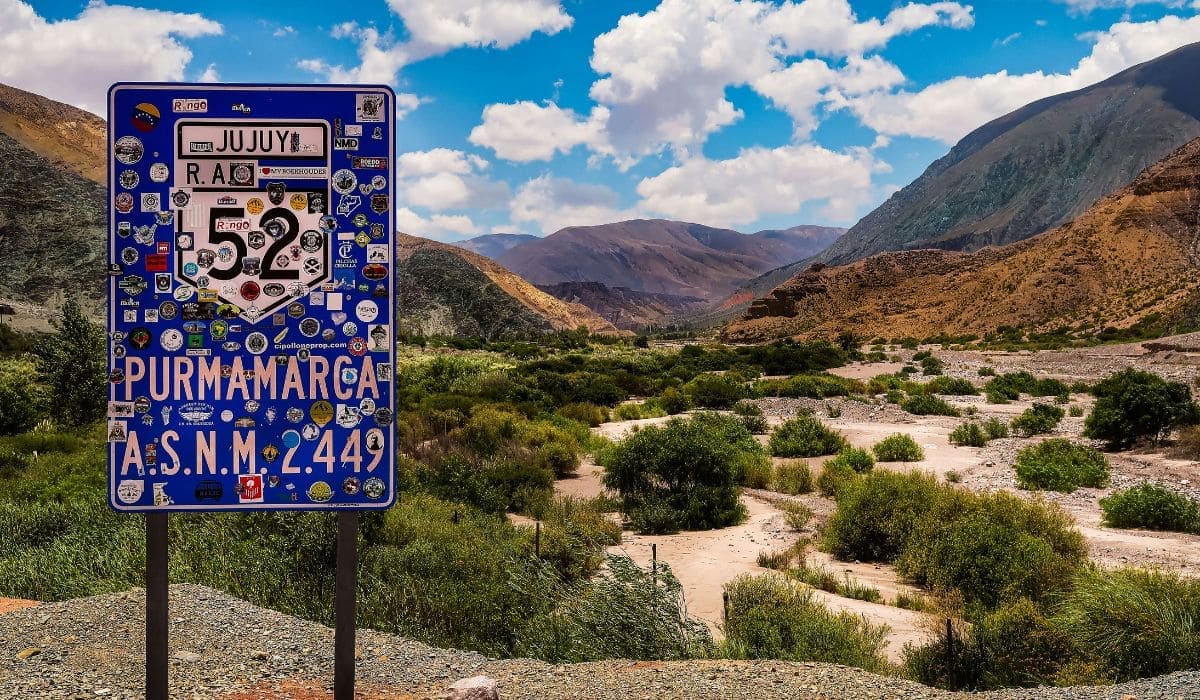
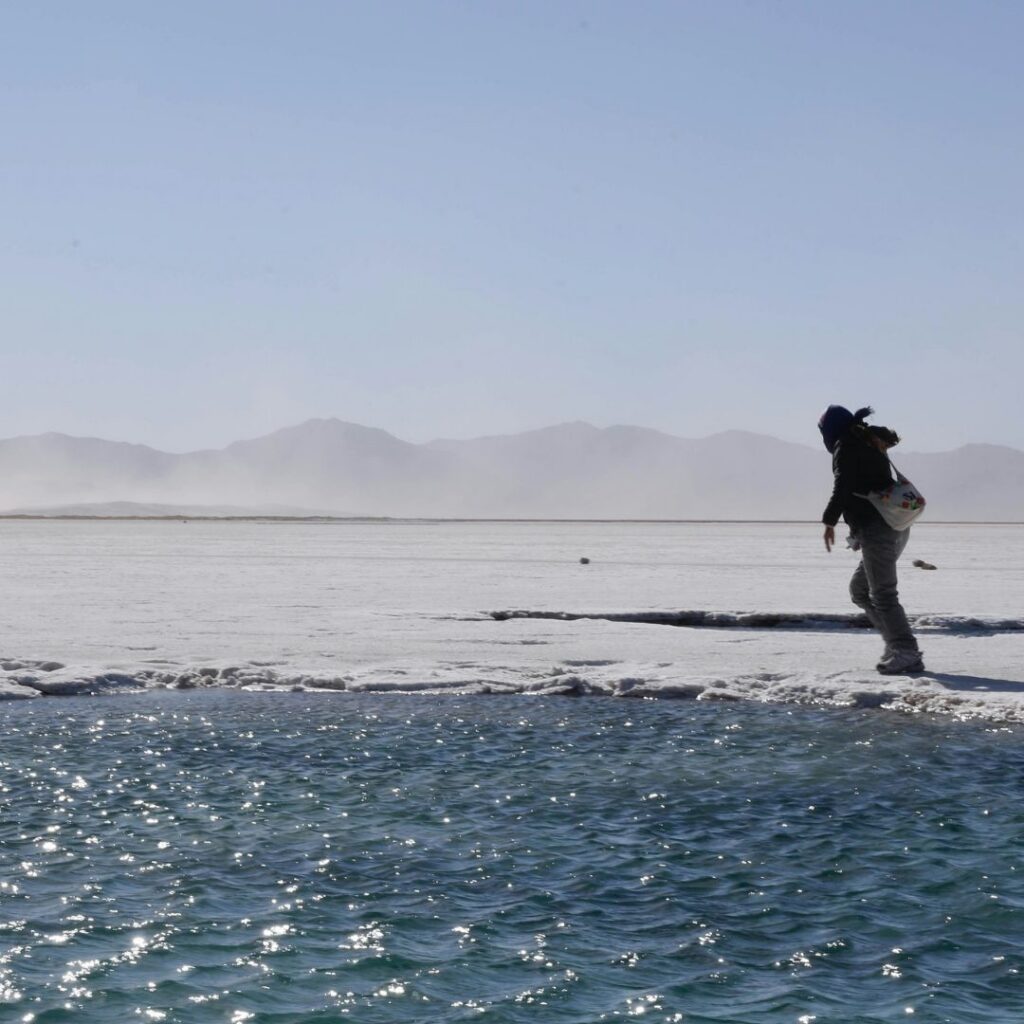


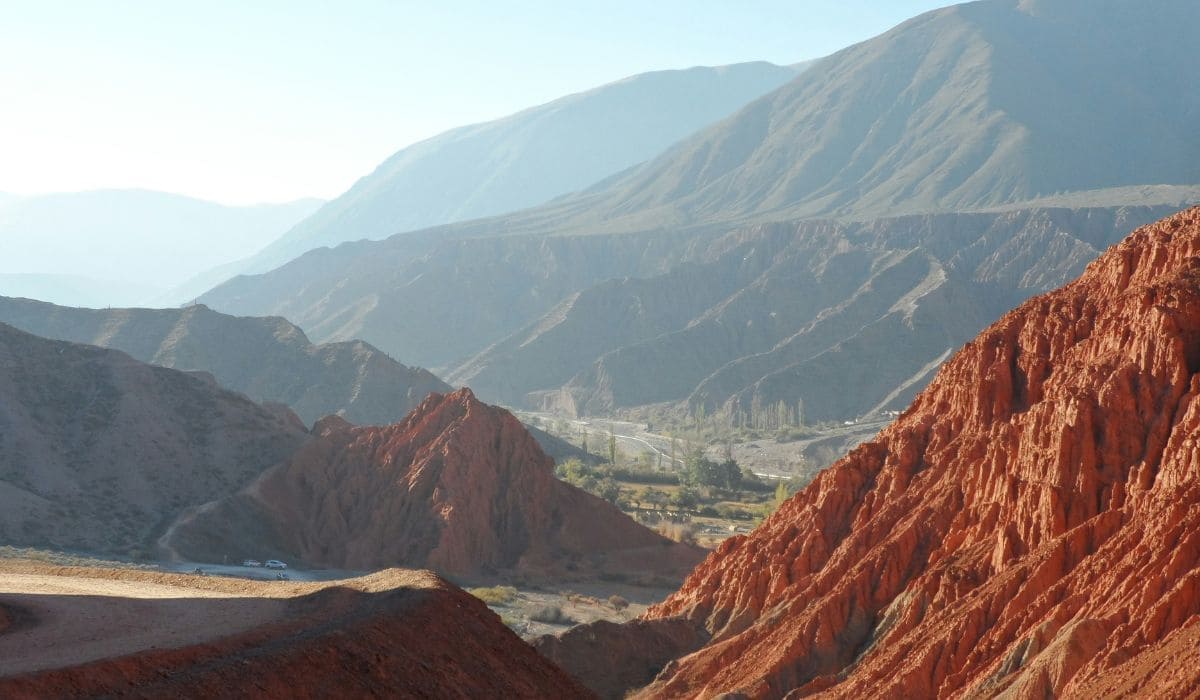
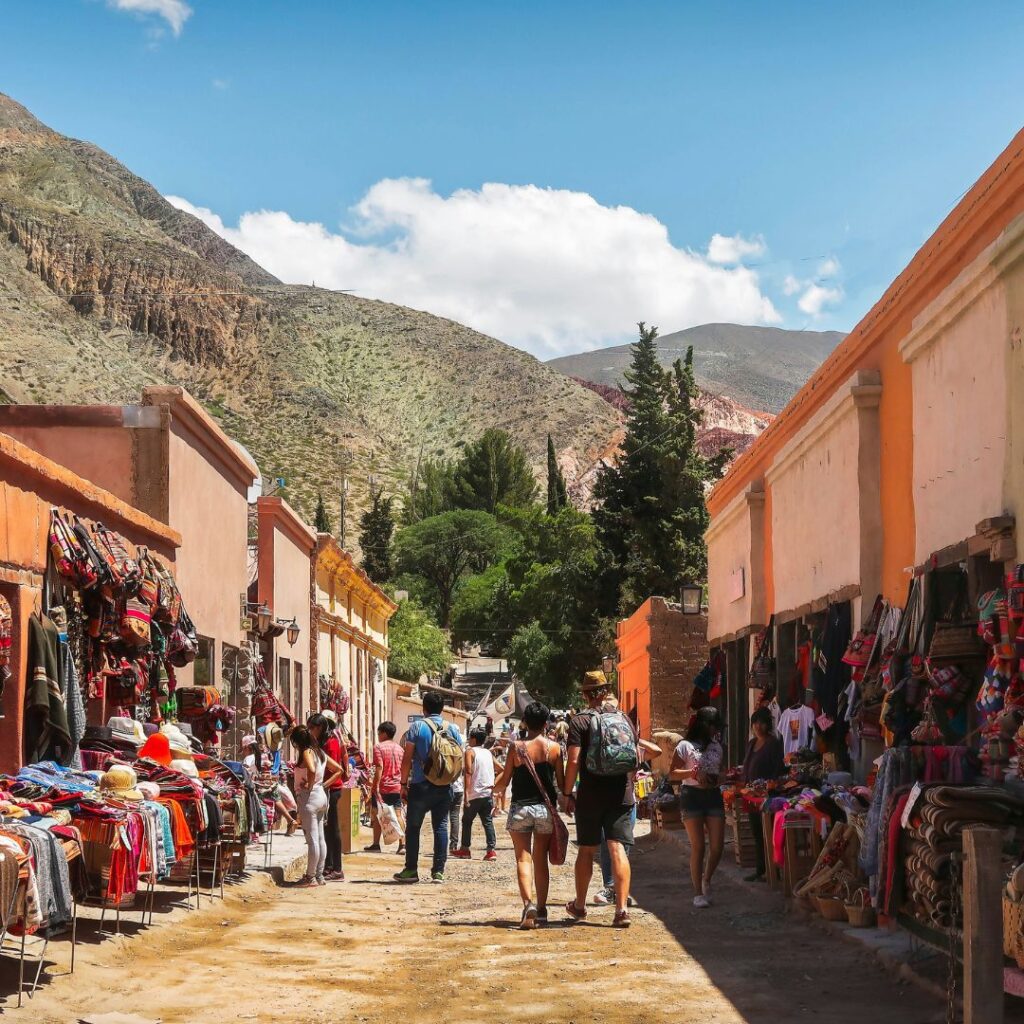
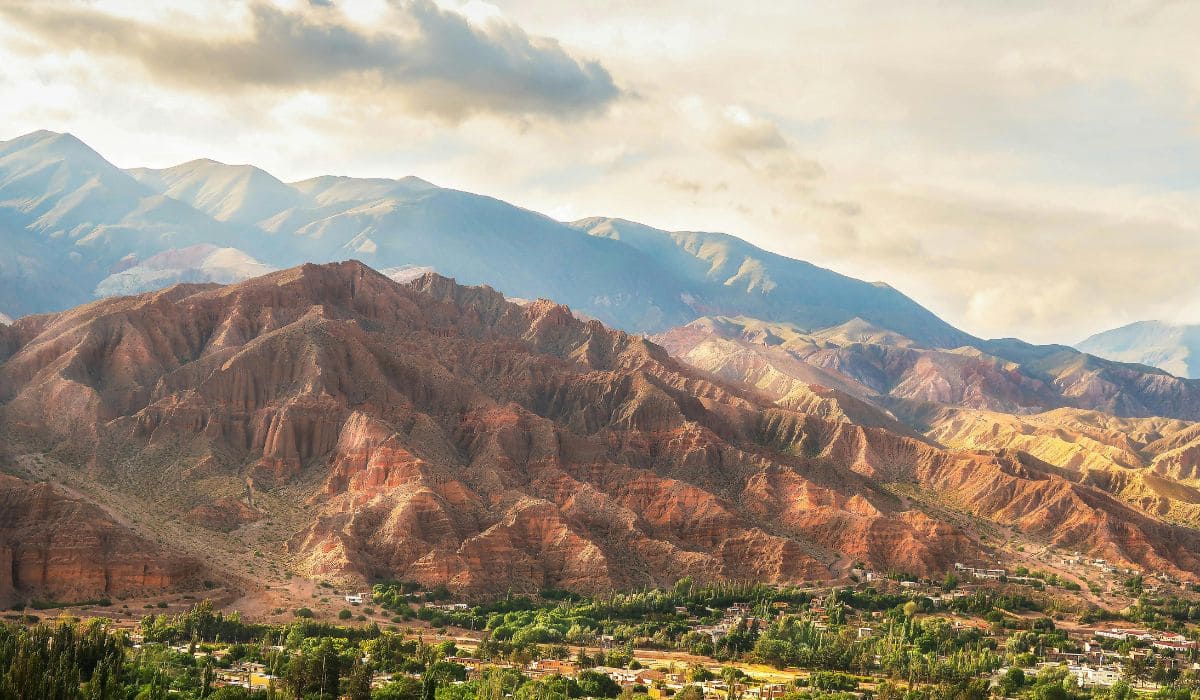
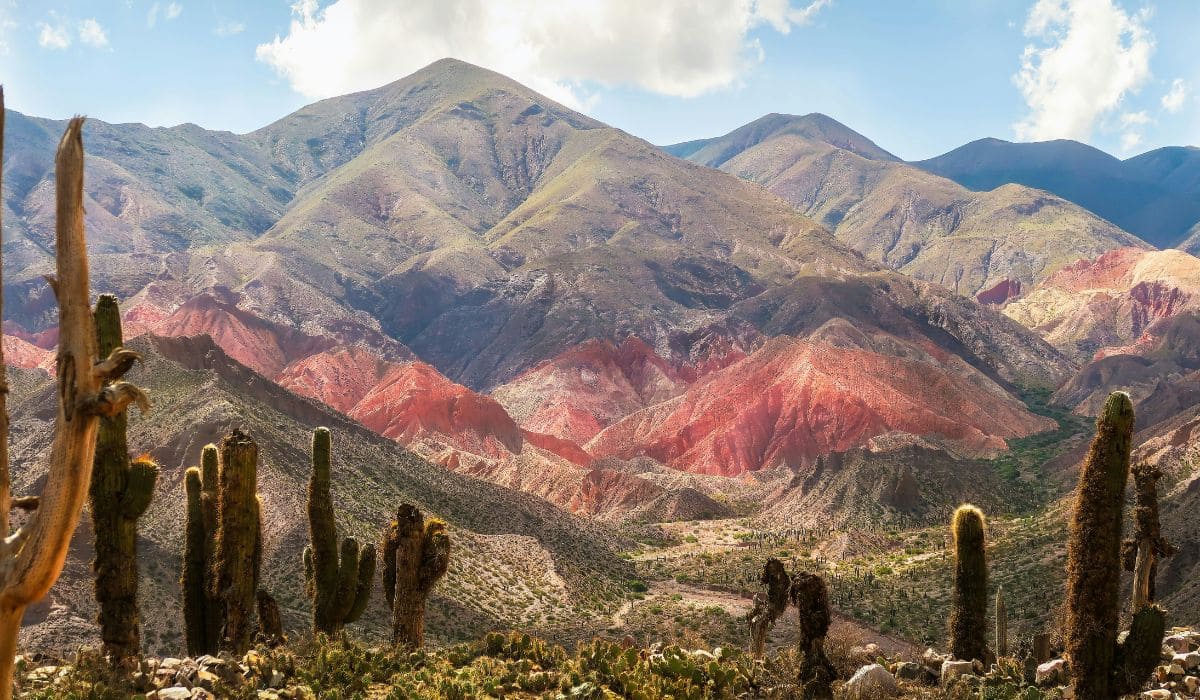 How high is Purmamarca?
How high is Purmamarca?